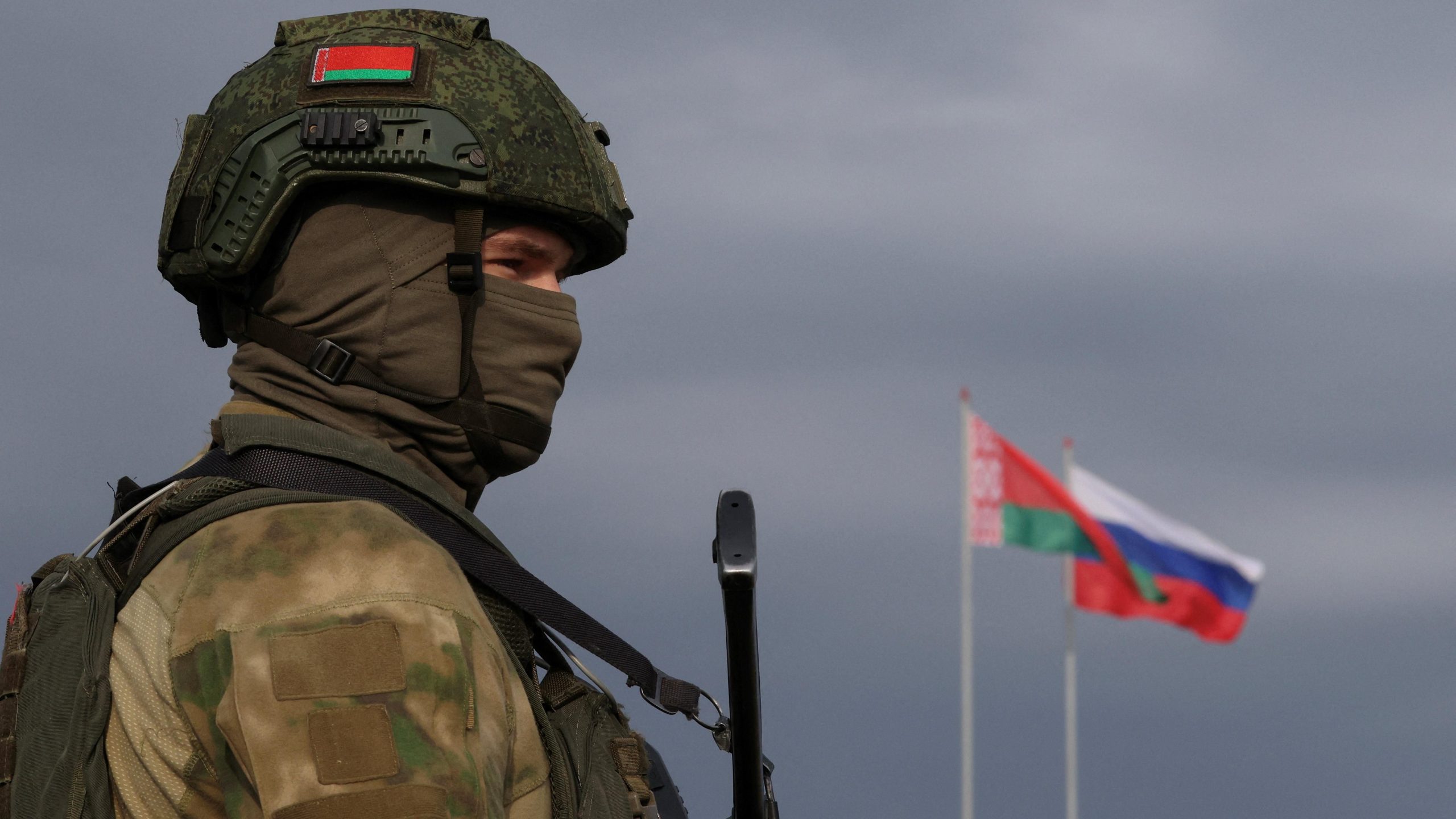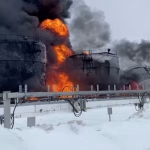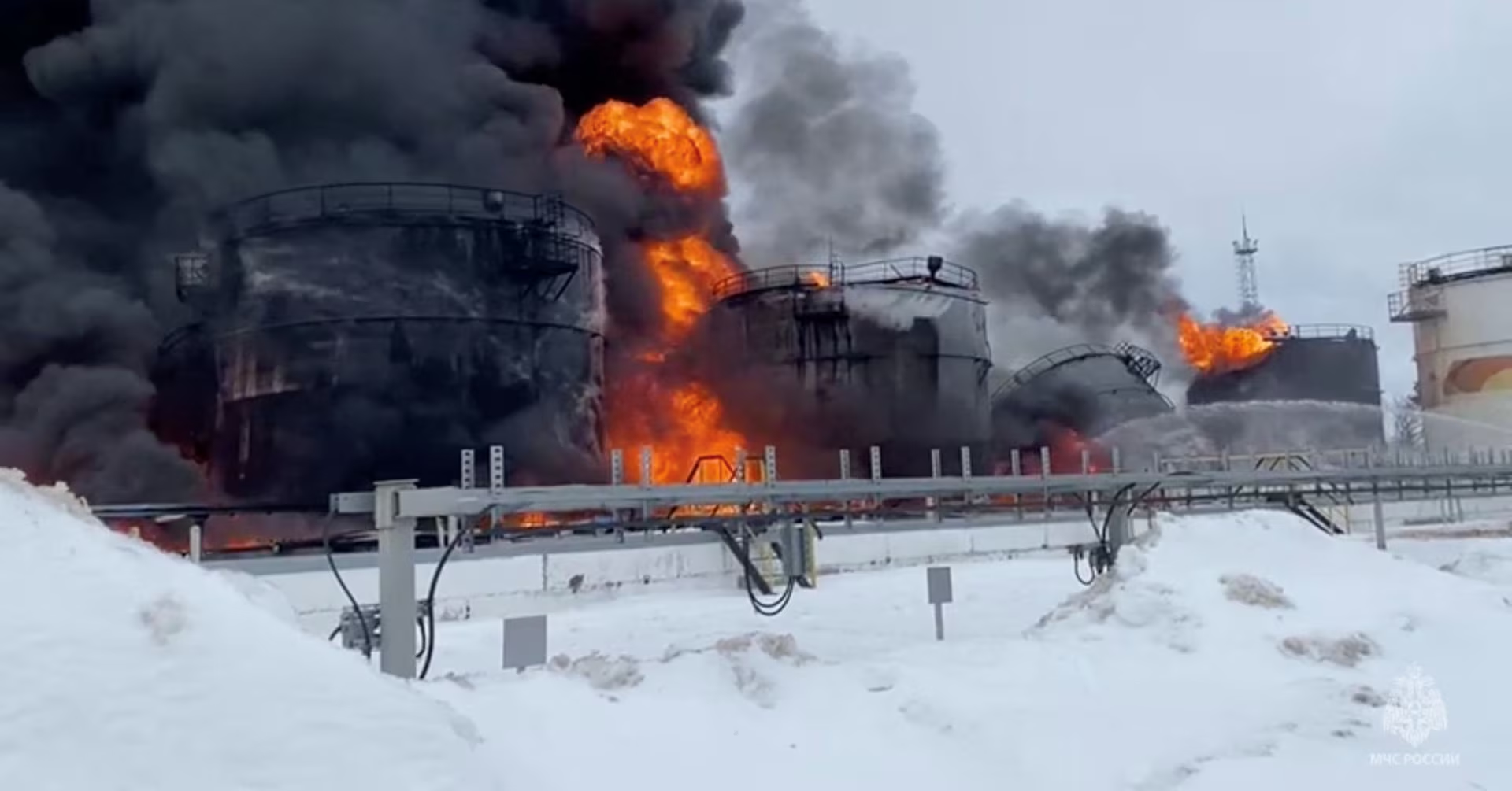In a world already destabilized by conflicts and shifting alliances, the latest show of military power by Russia and Belarus has drawn sharp attention across Europe and beyond. Their joint exercises and public displays of military hardware are being viewed as more than just drills—they are widely interpreted as a calculated warning to the West.
- The Symbolism of Military Displays
- The Historical Context of Russian and Belarusian Alliance
- Military Exercises Designed to Send a Message
- Europe’s Reaction to the Show of Strength
- The Role of Nuclear Weapons in the Message to Europe
- Domestic Politics and the Narrative of Strength
- The Broader Geopolitical Implications
- Can Diplomacy Still Prevail?
- FAQs
- Why are Russia and Belarus showcasing military strength now?
- How does Belarus benefit from aligning with Russia militarily?
- What role do nuclear weapons play in Belarus?
- How has NATO responded to these displays of strength?
- Can diplomacy reduce tensions between Russia, Belarus, and Europe?
- Conclusion
At a time when NATO is expanding its presence near Russian and Belarusian borders, and sanctions continue to strain Moscow’s economy, this show of force underscores the sharpening divide between East and West. The spectacle of tanks, fighter jets, missile systems, and thousands of soldiers mobilizing on Europe’s doorstep has reignited fears of escalation in a region that remains deeply scarred by history.
The Symbolism of Military Displays
Military parades and exercises are not new in Russia or Belarus. Both countries have historically used these events to demonstrate strength, unity, and resolve. However, the timing and scale of these latest displays carry a distinctly political message. Russia, still entangled in the ongoing war in Ukraine, seeks to remind NATO that its military reach extends far beyond Ukraine’s borders. Belarus, meanwhile, uses these displays to reinforce its loyalty to Moscow, particularly as it faces mounting internal unrest and economic challenges.
The imagery of rows of missile systems, modernized tanks, and squadrons of advanced fighter jets conveys a clear message to Europe: any attempt to encircle or pressure Russia and its closest ally will be met with overwhelming resistance. Experts suggest that these shows of force are intended not just for foreign governments but also for domestic audiences, reinforcing the narrative that both nations remain strong and united in the face of Western hostility.
The Historical Context of Russian and Belarusian Alliance
The alliance between Russia and Belarus is rooted in shared history and strategic necessity. Belarus, often referred to as Russia’s “last European ally,” occupies a critical geographic position between Moscow and NATO member states. Following the dissolution of the Soviet Union, Belarus under President Alexander Lukashenko maintained close ties with Moscow, resisting the pull of Western integration.
In recent years, especially since the war in Ukraine, Belarus has become even more crucial to Russia’s strategic calculations. Moscow has used Belarusian territory as a staging ground for operations in Ukraine and as a pressure point against NATO’s eastern flank. This dependency has transformed Belarus from a nominally independent state into a de facto extension of Russia’s defense perimeter. For Lukashenko, whose grip on power has been shaken by domestic protests and international isolation, aligning with Russia remains his primary insurance policy for political survival.
Military Exercises Designed to Send a Message
The joint military exercises conducted by Russia and Belarus are meticulously planned and widely publicized. These drills often simulate scenarios of countering NATO offensives, testing air defense systems, and practicing the deployment of nuclear-capable missiles. Such exercises are more than simple rehearsals; they are strategic communication tools meant to show adversaries what they could face in a conflict.
According to defense analysts, these exercises serve three primary purposes. First, they enhance interoperability between Russian and Belarusian forces, ensuring that both militaries can coordinate seamlessly in the event of war. Second, they allow Russia to test new weapons systems under realistic conditions, refining its military strategies. Third, and most importantly, they are psychological operations intended to instill caution, if not fear, in Europe and the United States.
Statistics from NATO monitoring reports indicate that Russia and Belarus have conducted more than twenty large-scale exercises together since 2022, involving upwards of 100,000 troops, thousands of armored vehicles, and dozens of aircraft. Each exercise has grown in sophistication, signaling that Moscow and Minsk are preparing for prolonged confrontation rather than mere deterrence.
Europe’s Reaction to the Show of Strength
European governments have reacted with growing alarm to these displays of military might. NATO officials have warned that Russia’s continued militarization of Belarus represents a direct threat to the alliance’s eastern members, including Poland, Lithuania, and Latvia. These countries have already begun reinforcing their borders, increasing troop deployments, and demanding stronger commitments from Washington and Brussels.
For countries like Poland, the specter of Russian troops stationed permanently in Belarus conjures painful memories of Soviet dominance. Lithuanian officials have described the Russian-Belarusian alliance as a “militarized wall” against Europe, raising fears that the region could once again become the frontline of a global conflict. The European Union, for its part, has responded with expanded sanctions targeting Belarusian officials and defense companies, though critics argue that sanctions alone are unlikely to alter Minsk’s behavior.
The Role of Nuclear Weapons in the Message to Europe
One of the most concerning aspects of the Russia-Belarus partnership is the deployment of tactical nuclear weapons on Belarusian soil. Earlier this year, Moscow confirmed that it had stationed short-range nuclear-capable missiles in Belarus, a move condemned by NATO as destabilizing and provocative. The deployment marks the first time since the collapse of the Soviet Union that Russian nuclear weapons have been placed outside its borders.
For Belarus, hosting nuclear weapons is both a show of loyalty to Moscow and a deterrent against external threats. For Europe, however, it represents a dangerous escalation. Experts warn that the presence of nuclear arms in Belarus reduces decision-making times in the event of a crisis, increasing the risk of miscalculation or accidental escalation. The move has reignited debates within Europe about nuclear sharing, missile defense, and the role of deterrence in the 21st century.
Domestic Politics and the Narrative of Strength
Inside Russia and Belarus, these military displays serve a critical propaganda function. In Moscow, President Vladimir Putin uses them to project an image of resilience and defiance against Western attempts to isolate Russia. In Minsk, President Lukashenko portrays the alliance as essential for Belarus’s security and sovereignty, framing Europe and the United States as aggressors.
State-controlled media in both countries highlight the scale of the exercises, the technological sophistication of the weapons, and the supposed fear these displays inspire in the West. This narrative serves to consolidate domestic support, distract from economic hardship, and suppress dissent by presenting the regime as defenders of the nation against foreign threats.
The Broader Geopolitical Implications
The Russia-Belarus alliance is not just a bilateral partnership; it is part of a larger reshaping of global power dynamics. As Moscow grows closer to Beijing and other non-Western powers, Belarus plays the role of a loyal junior partner, amplifying Russia’s ability to project influence in Europe. For NATO, this alliance represents a growing challenge that stretches from the Arctic to the Black Sea, complicating the alliance’s defense planning and resource allocation.
Experts argue that the militarization of Belarus could fundamentally alter the balance of power in Eastern Europe. With Russian troops and nuclear weapons stationed there, NATO’s eastern flank becomes both more vulnerable and more volatile. The risk of a misstep—an accidental clash, a misinterpreted signal, or an overreaction—could drag the region into a broader conflict with global consequences.
Can Diplomacy Still Prevail?
Despite the escalating rhetoric and shows of force, there remains a narrow path for diplomacy. European leaders continue to call for dialogue, though few believe Moscow or Minsk are prepared to compromise. The Organization for Security and Cooperation in Europe (OSCE) has urged restraint and transparency in military exercises, but its influence has waned as mistrust deepens.
Some analysts suggest that back-channel negotiations, possibly involving neutral states, could help de-escalate tensions. Others argue that only a decisive shift in the war in Ukraine will determine the future trajectory of the Russia-Belarus alliance. Until then, Europe must grapple with the reality of a heavily militarized border and the uncertainty that comes with it.
FAQs
Why are Russia and Belarus showcasing military strength now?
Russia and Belarus are showcasing military strength as a warning to NATO and the European Union. These displays aim to demonstrate readiness, deter potential threats, and reinforce domestic narratives of strength in the face of Western pressure.
How does Belarus benefit from aligning with Russia militarily?
Belarus benefits by securing political and military backing from Moscow, which ensures President Lukashenko’s regime remains in power. It also gains access to advanced weapons systems and protection against external threats, though at the cost of diminished sovereignty.
What role do nuclear weapons play in Belarus?
Nuclear weapons stationed in Belarus act as a strategic deterrent and signal Moscow’s willingness to escalate if pressured. For Europe, this deployment increases the risk of miscalculation and heightens security concerns across the continent.
How has NATO responded to these displays of strength?
NATO has reinforced its eastern flank, increased troop deployments, and expanded military exercises with member states bordering Belarus. The alliance has also condemned the stationing of Russian nuclear weapons in Belarus as destabilizing.
Can diplomacy reduce tensions between Russia, Belarus, and Europe?
While diplomacy remains possible, trust between the parties is at an all-time low. Efforts through the OSCE and other platforms continue, but without significant concessions or changes on the ground, dialogue has limited prospects for success.
Conclusion
The joint display of military strength by Russia and Belarus is more than symbolic—it is a stark warning to Europe of the shifting security landscape on its eastern borders. For Moscow and Minsk, these exercises project unity and resilience, while for Europe they represent a growing challenge that threatens peace and stability.
With nuclear weapons stationed in Belarus and large-scale drills simulating confrontation with NATO, the margin for error is shrinking. The world is watching closely, aware that the future of Europe’s security order may hinge on how this dangerous game of signals, deterrence, and power projection unfolds.




